A bright tube fly for salmon in clear water created by Danish Ken Bonde Larsen. Tied in the Scandinavian style with a large and soft hair wing made of several layers. Easy to tie and impressive both in and out of the water.
This salmon fly is tied in the Scandinavian tradition by Danish fly tier Ken Bonde Larsen. It's tied on a tube, which makes it light and easy to cast, still voluminous and good looking. And tying it on a tube makes it quite easy to get the wing both wide and good looking.
Tubes are a perfect foundation for hair wing flies, and making the with look good on a tube is mainly a question of tying it in in sections and making sure that it spreads over the upper half of the tube - in a controlled manner of course.
Many Scandinavian tube flies are tied with cone heads. This both finishes the fly in a harmonic and easy way, and at the same time adds a bit of weight, which can be crucial to the seducing movement of the fly. The metal cones are banned in some water - referred to as "weighted flies" - and for use in such water you will have to tie the fly with a traditional head or use the rubber or plastic cones, which are available. The "Chinese hat" cones seen here will spread the water over the wing and add turbulence, which again will make the wing move more.
This fly may seem bright, but in clear, greenish waters it will blend in, and not apprear nearly as luminescent as it looks on these pictures shot against a dark background.
|
|
|
|
|
|
|
|
|
|
|
|
|
|
|
|
|
|
|
|
|
|
|
|
|
|
|
|
|
|
|
|
|
|
|
|
|
|
|
|
- Log in to post comments


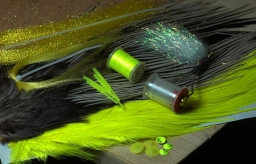
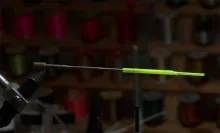




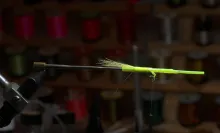
















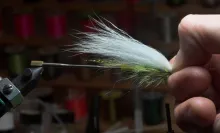








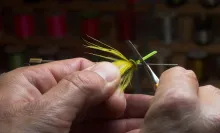
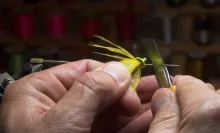


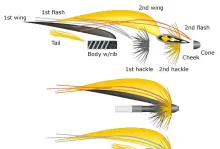
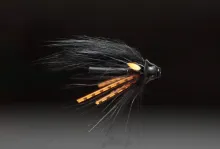
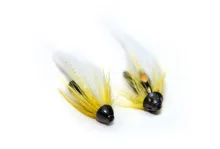




I love your tying ar
I love your tying articles and sequencing the links in your enlarged photo steps is a great technique and very helpful. Thank you!
I've searched the internet for the rubber "turbo-style" cones without success. Can you suggest a source for them?
Magnus, True enou
Magnus,
True enough that Norling and Frödin are the fathers of this style, but honestly - Sweden or Scandinavia... to us (to you) it might be a big deal, but to the rest of the world we're just a bunch of countries in the northern end of Europe.
We at GFF usually refer to Scandinavia as a whole, Scandinavian coastal fishing (actually Danish), Scandinavian tube flies (actually Swedish), Scandinavian two hand casting (actually Swedish). We're an international site, and we don't care much about these borders, hope you don't mind.
Martin
Calling this style o
Calling this style of pattern "Scandinavian" is like calling the seatrout fly Magnus "Scandinavian" and not Danish. This style was originated from Sweden, Håkan Norling and Mikael Frödin. It should be called the "Swedish" style.